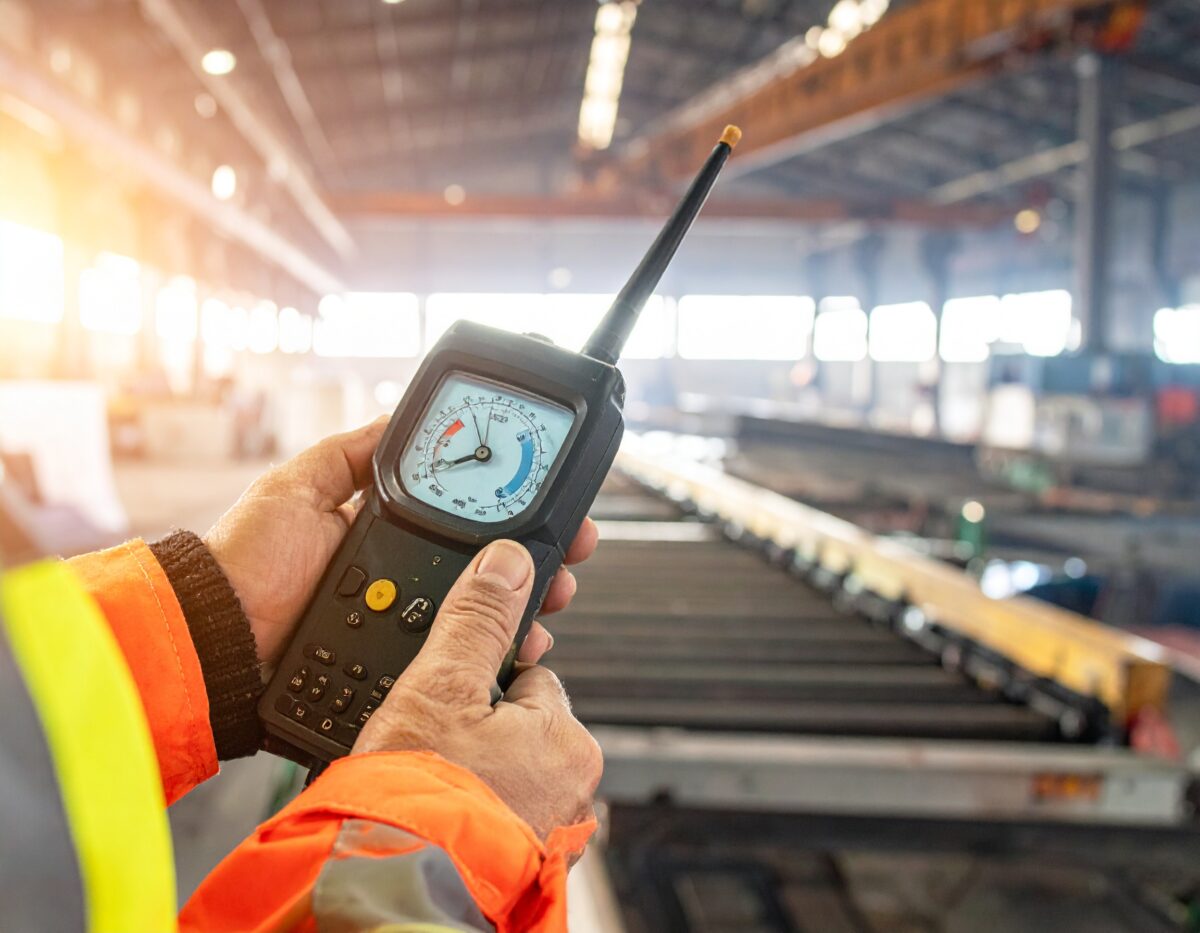Understanding the importance of accurate wind measurement is essential for many industries that rely on environmental data. Handheld anemometers are portable tools that help measure wind speed and, in some cases, wind direction.
Like all instruments, regular calibration ensures the reliability and precision of the readings captured. This guide provides straightforward steps and helpful tips for calibrating a handheld anemometer to maintain its accuracy in various applications.
Why Calibration Matters for Handheld Anemometers
Calibration aligns the instrument’s measurements with a known standard. Over time, factors like mechanical wear, sensor drift, or environmental conditions can affect the accuracy of an anemometer. Proper calibration restores the trustworthiness of measurements, helping to avoid errors that could impact weather analysis, HVAC assessments, agricultural monitoring, or safety checks.
When to Calibrate a Handheld Anemometer
Several indicators signal that recalibrating the handheld anemometer is necessary:
- Inconsistent Readings: Fluctuations in wind speed data without environmental changes.
- Extended Usage: Devices used frequently in demanding conditions may require calibration sooner.
- Post-Maintenance Checks: After replacing batteries or components, recalibration ensures alignment.
- Scheduled Intervals: Many industries recommend calibration at least once a year to maintain accuracy.
Common Calibration Methods
Different calibration approaches can help, depending on resources and the necessary precision of the handheld wind meter:
- Wind Tunnel Calibration
- Conducting in controlled environments where wind speed is generated at specific values.
- Comparing the handheld anemometer against a reference standard.
- This method is highly accurate but usually requires specialized facilities.
- Comparison with a Reference Device
- Placing the handheld anemometer alongside a calibrated reference instrument.
- Both devices measure wind simultaneously and note the deviations.
- This method is practical for field settings but requires a reliable reference.
- Software-Assisted Calibration
- It is possible to connect some handheld anemometers to calibration software.
- The software adjusts internal settings to align readings with standards.
- Useful for devices that integrate digital monitoring systems.
Step-by-Step Calibration Guide
A structured process for calibrating a high-speed anemometer helps maintain consistency and accuracy:
- Warm Up the Anemometer: Turn on the device and allow a warm-up period to stabilize the electronics and sensors, typically lasting a few minutes.
- Measure Baseline Wind Speed: Using the reference instrument or wind tunnel, take baseline wind speed readings under consistent airflow conditions.
- Compare Readings: Hold the handheld anemometer in the same airflow to record its readings, and compare these with the baseline values.
- Adjust the Device: Consult the manufacturer’s manual for instructions on adjusting the readings if deviations are detected. Some digital models allow software-based calibration, while analog models may need manual adjustments.
- Repeat Measurements: Perform multiple measurements to confirm consistent accuracy. If readings are unstable, review environmental factors or the equipment’s condition.
Also Read:
Significance of Anemometers in HVAC Applications
How Anemometers Contribute to Reliable Weather Forecasts
From Hikers to Engineers: The Industry Applications of the WeatherFlow WEATHERmeter
Maintaining Accuracy for Long-Term Use
These portable wind measurement devices play a critical role in industrial and environmental monitoring. Following this practical calibration guide helps maintain measurement accuracy and confidence in every reading.
Buy handheld anemometers from Comptus to get solutions that deliver dependable results. Contact the team for technical specifications or integration support.






